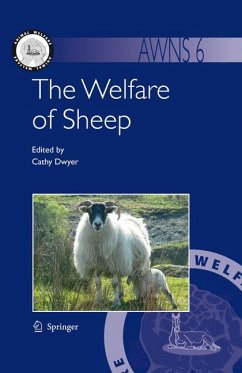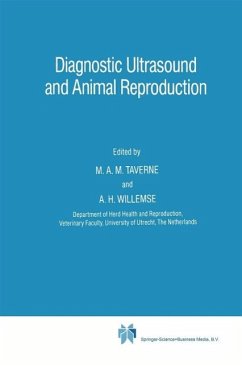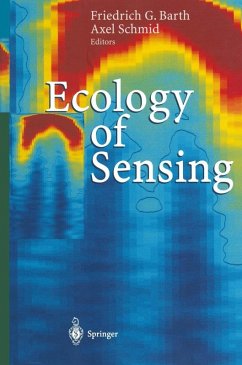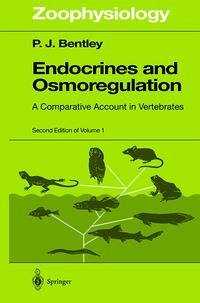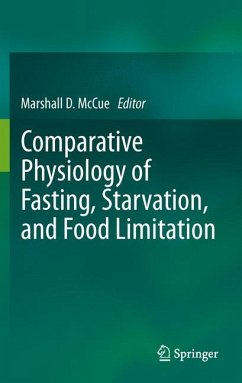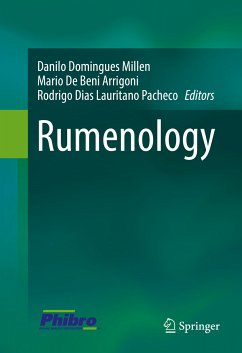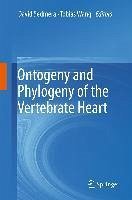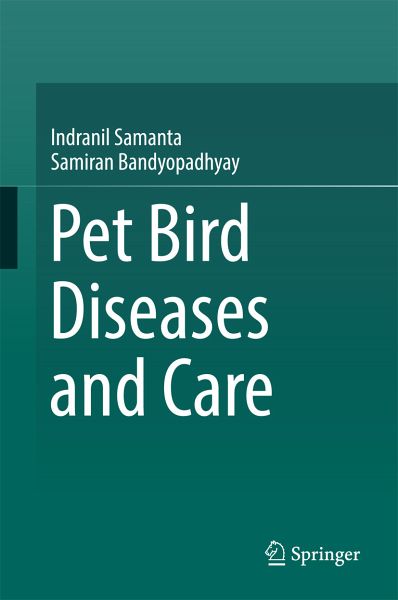
Pet bird diseases and care (eBook, PDF)
Versandkostenfrei!
Sofort per Download lieferbar
88,95 €
inkl. MwSt.
Weitere Ausgaben:

PAYBACK Punkte
44 °P sammeln!
This book provides fundamental information on pet birds, menaces, and advances made in the diagnosis and treatment of menaces. It is the only book covering all species of pet birds, menaces and their individual management. The handful of related books available worldwide are largely outdated and focus on a single species or breed of pet bird.The book encompasses the history of bird keeping, common breeds of birds, their nutritional requirements, list of zoonotic diseases transmitted by birds and guideline for their prevention. It covers infectious, non-infectious clinical and metabolic disease...
This book provides fundamental information on pet birds, menaces, and advances made in the diagnosis and treatment of menaces. It is the only book covering all species of pet birds, menaces and their individual management. The handful of related books available worldwide are largely outdated and focus on a single species or breed of pet bird.
The book encompasses the history of bird keeping, common breeds of birds, their nutritional requirements, list of zoonotic diseases transmitted by birds and guideline for their prevention. It covers infectious, non-infectious clinical and metabolic diseases, and toxicity in detail with a special focus on the history of diseases, etiology, affected hosts, pathogenesis, clinical signs, diagnosis and treatment. Separate chapters detail relevant diagnostic techniques, management and care practices, including updated information.
The book offers an invaluable guide for students and teachers in the field of (avian) veterinarymedicine, scientists/research scholars working in related fields, and avian medicine practitioners, as well as all those progressive bird owners who want to know the basics of their care and management.
The book encompasses the history of bird keeping, common breeds of birds, their nutritional requirements, list of zoonotic diseases transmitted by birds and guideline for their prevention. It covers infectious, non-infectious clinical and metabolic diseases, and toxicity in detail with a special focus on the history of diseases, etiology, affected hosts, pathogenesis, clinical signs, diagnosis and treatment. Separate chapters detail relevant diagnostic techniques, management and care practices, including updated information.
The book offers an invaluable guide for students and teachers in the field of (avian) veterinarymedicine, scientists/research scholars working in related fields, and avian medicine practitioners, as well as all those progressive bird owners who want to know the basics of their care and management.
Dieser Download kann aus rechtlichen Gründen nur mit Rechnungsadresse in A, B, BG, CY, CZ, D, DK, EW, E, FIN, F, GR, HR, H, IRL, I, LT, L, LR, M, NL, PL, P, R, S, SLO, SK ausgeliefert werden.



